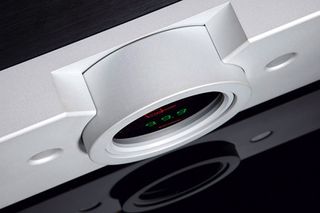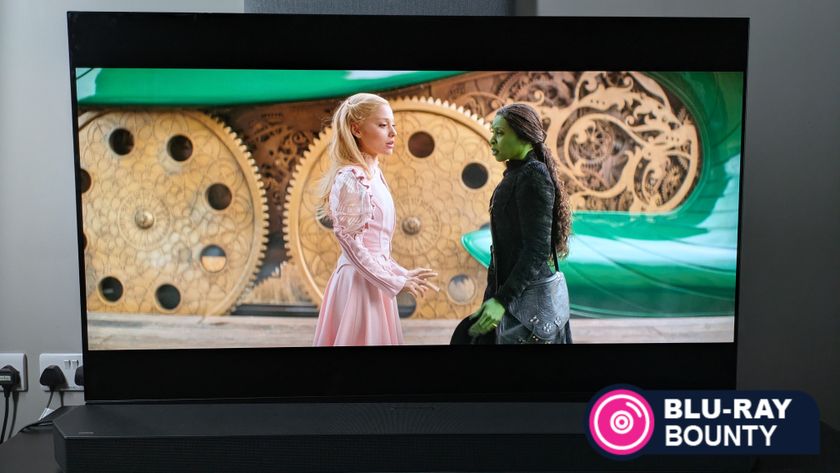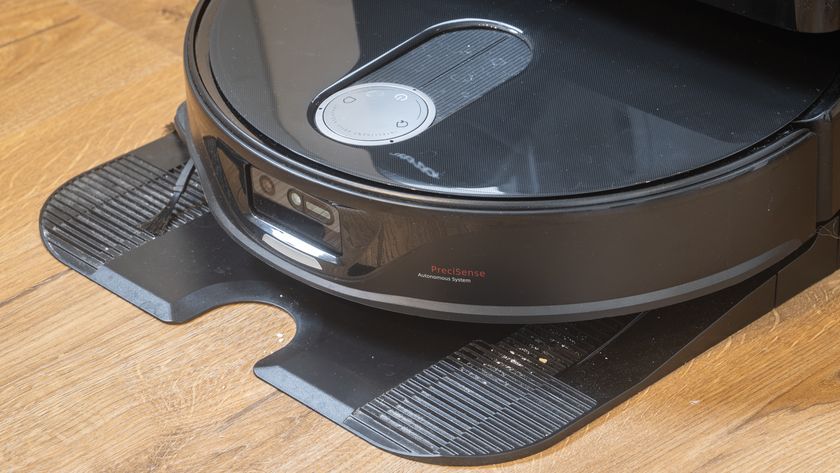'The systems start at around £60,000'
The science behind Lyngdorf's home cinema gear
HCC: There's some heavy science behind Lyngdorf room correction. But how difficult is it to use? Do you need to be an expert to set it up?
RS: It has evolved quite a bit over the 11 years since the first [system] was introduced. When I first came across the room correction, it was something that needed a lot of experience to set up. But the current incarnation – called 'RoomPerfect' – is simple enough for anyone to set up, and doesn't require the laptop of its predecessors.
It's built into the Lyngdorf stereo amps, as well as the Steinway Lyngdorf music and home theatre systems.
HCC: But if you have a dedicated listening room or theatre, then the benefits must be minimal?
RS: At Gecko we've built what I hope is the best acoustic space in the country – maybe some recording studios are better, but beyond that... Dimensions and angles, wall construction, acoustic treatment – the designers (a company called Rives Audio) has factored in absolutely everything possible.
The speakers are Miller and Kreisel 150s, which we've used for years – and a lot of top film studios still use them for mixing their movies. We've also got some very powerful analogue amps and Audyssey room correction (which will make up to 10,000 corrections per channel, and has a resolution of a completely different order from any other EQ we've tried).

We've approached it as you would a professional system – put in the kinds of speaker they mix a lot of the films with, together with very good amps and room correction. And it sounds superb. But in my experience, the Steinway Lyngdorf system absolutely wipes the floor with it. It's simply far more advanced.
Get daily insight, inspiration and deals in your inbox
Sign up for breaking news, reviews, opinion, top tech deals, and more.
HCC: So how does RoomPerfect work?
RS: Well, say you've bought Bowers &Wilkins, Dali, KEF or whatever speakers, you presumably like the sound of them. RoomPerfect is not trying to change the sound of that speaker – instead, it's trying to remove the effect the room has on the speakers.
The general point I'd make is that there's no such thing as a perfect room – it just doesn't exist. If you take a hi-fi system and move it from one room to another, it will sound quite different. The ironic thing is that a lot of dealers' demo rooms are worse than the average consumer's living room. Often the walls of their demonstration rooms are cheap, lightweight partitions. It's like trying to have a party in a biscuit tin, it's so reflective and echoey.
Room correction can improve that considerably – it can't stop walls from resonating, obviously, and if you've got a bad speaker no amount of correction can make it sound good. All room correction can do is make the speaker sound as good as its potential allows. It brings a consistency from room to room, and from system to system.
There are 20,000 different audio frequencies flying around from multiple speakers with different responses, all arriving at different times. Some are hitting the floor or carpet first, while others might find a wall or a potted plant. Each one of these is going to do something different to the reflected sound that you hear.
HCC: What are your thoughts on home cinema room design?
RS: The conventional way of doing things is to use diffusers and absorbers to deal with unwanted reflections. Doing things the Steinway Lyngdorf way, there are no unwanted reflections of any significance, and so you don't need this damping and absorption.
More and more people in this country are starting to realise that they have to consider some acoustic design or treatment as part of a high-end home-cinema install. The problem is that a lot of people offering that service really aren't very competent – they're just not acoustics experts.
I've worked with a lot of so-called 'acousticians' in the past. A couple of them have been fantastic, but several others have been really lousy – they've not really understood small-room acoustics. When you hear the Steinway Lyngdorf system in a completely untreated room, the difference is quite apparent.
I think that most of the people who are going to go for these really high-end systems don't want to spend a lot of money on acoustic treatment. Indeed, I see it as a negative thing. In the cinema room that I used to have I had 10kW of amplification – much of the output of which was being absorbed! In other words, you're putting tons of power into the room and then sucking it out with room treatment.
HCC: So what would a typical Steinway Lyngdorf home cinema system be?
RS: There's a single processor it makes called the P1. That deals with all existing formats out there, and has the RoomPerfect technology built in. It links up to the digital power amps via proprietary cabling and connectors so it's digital all the way through.
The company makes a variety of different speaker systems that bolt onto that. It's modular – you add as many power amps as you need. The systems start at around £60,000, but I'm using a £100,000 7.8 system in my demo room, with loads of the boundary woofers (pictured above) in there.

HCC: That's pretty pricey! What sort of upgrade path is there? Can you start off with two-channel and work your way up?
RS: Lyngdorf equipment is stereo, but we are seeing lots of people who are changing to these systems from far more expensive conventional stereo systems. Many of these people are now adding conventional AV receivers and compact speakers for surround sound. That works really well, but it's an enthusiast's system.
A few installed Steinway Lyngdorf surround systems use the Model D stereo speakers – they've been purchased by those who want the best stereo as well as the best home theatre. If people have very large rooms, or they want crazy sound pressure levels, there's the Grand Theatre system which uses Steinway Lyngdorf's Model LS line-source speakers. A couple of film stars in the States have gone for those...
- 1
- 2
Current page: Setting up Lyngdorf room correction
Prev Page Interview: Rob Sinden, head of Gecko












